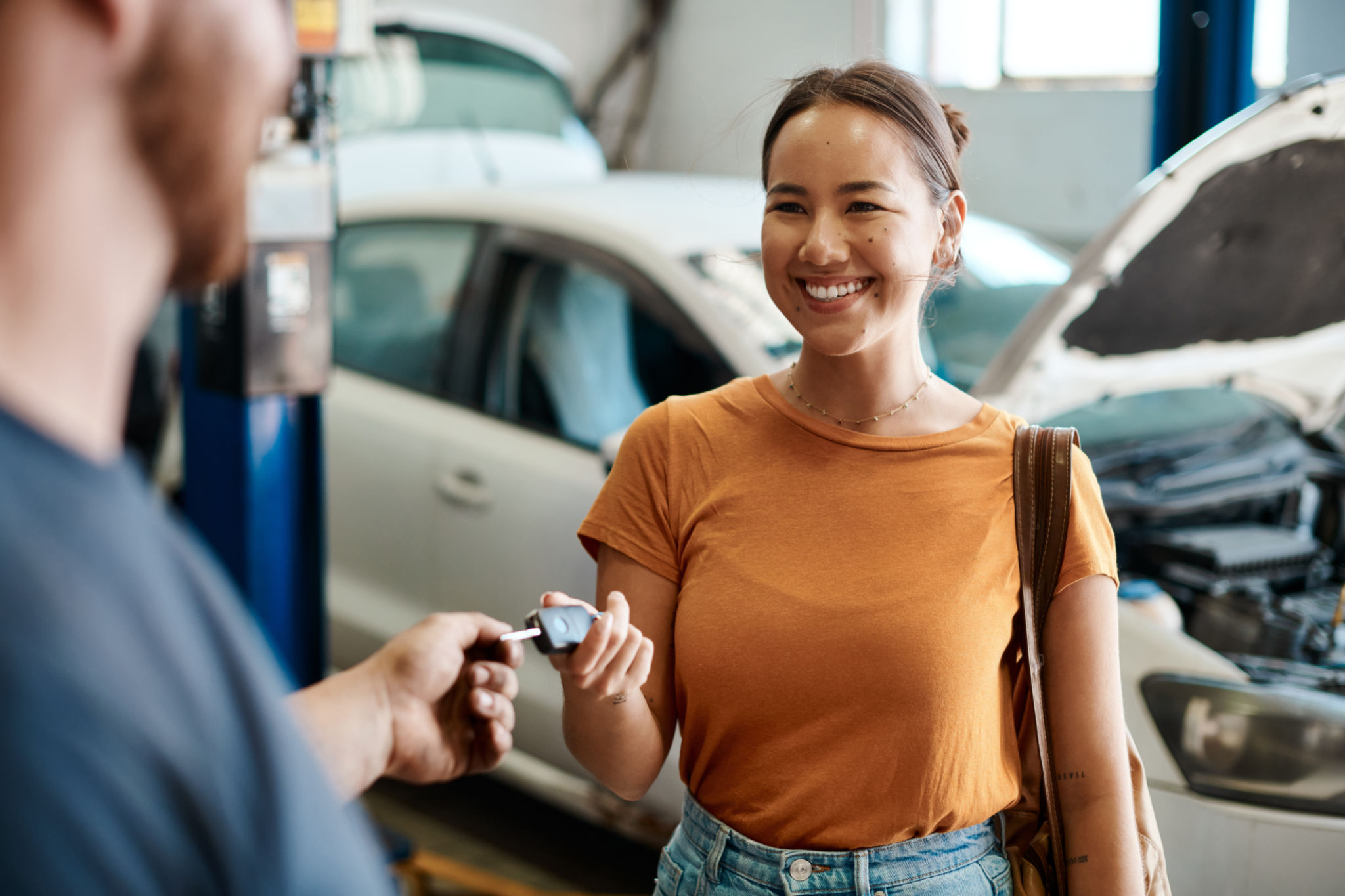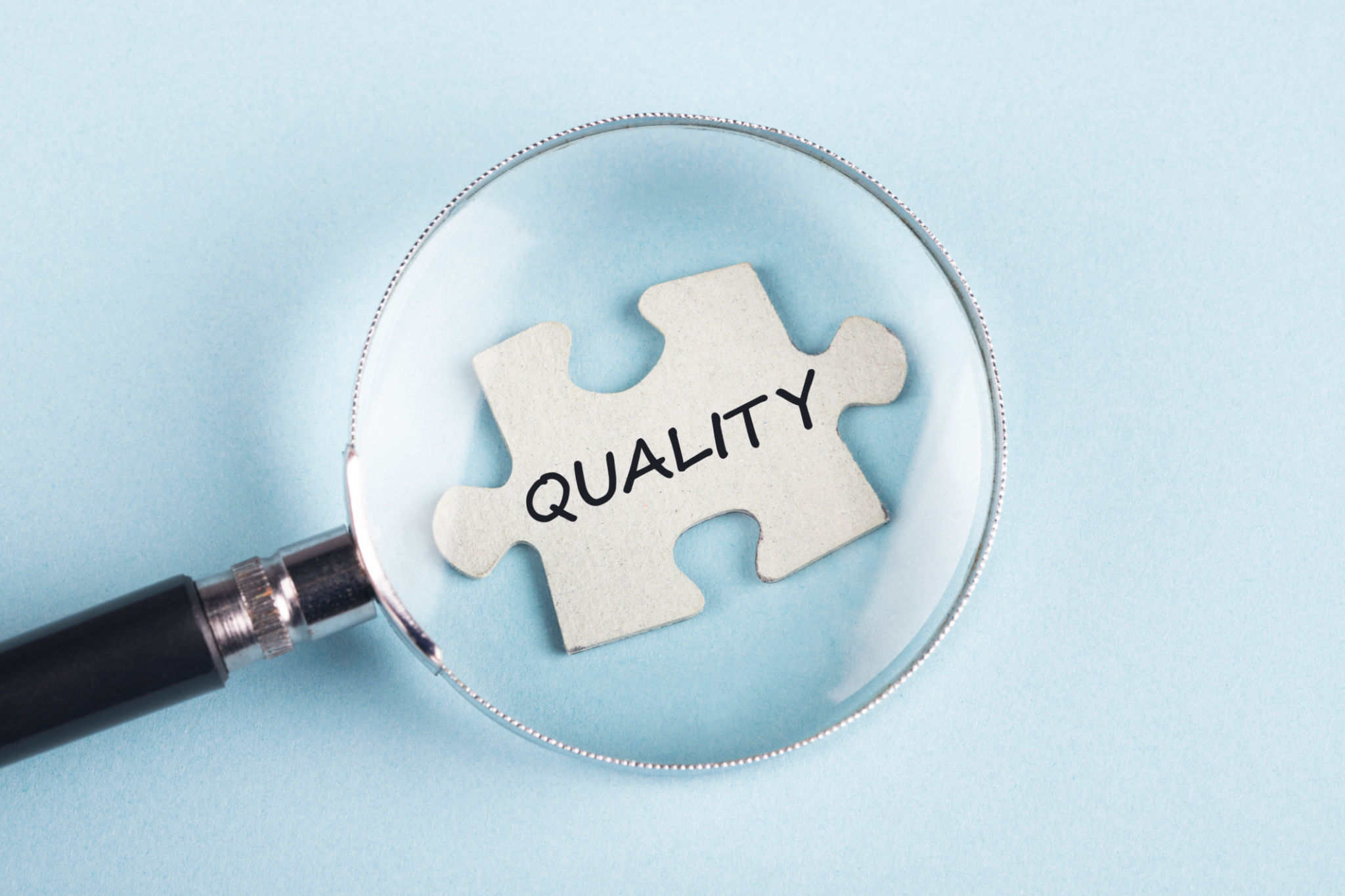Understanding the Collision Repair Process: What to Expect
Introduction to Collision Repair
Experiencing a car accident can be stressful, but understanding the collision repair process can help ease some of that anxiety. Whether it's a minor fender bender or more severe damage, knowing what to expect can make the journey smoother. This guide will walk you through the key steps involved in collision repair, from initial assessment to the final touches.

Initial Assessment and Damage Evaluation
The first step in the collision repair process is a thorough assessment of the damage. Upon arriving at the repair shop, a trained technician will inspect your vehicle to identify all visible and hidden damage. This evaluation is essential for creating an accurate repair estimate.
During this stage, the technician will document damage with photos and notes. This information is crucial for insurance claims and for planning the repair process. The assessment might also include discussions about parts that need replacement and potential repair methods.
Insurance Claims and Approval
Once the initial evaluation is complete, the next step involves dealing with insurance claims. Typically, the repair shop will send the damage report and cost estimate to your insurance company for approval. This process can vary in length depending on your insurer's procedures and response time.
It's important to maintain open communication with both your insurer and the repair shop to ensure all necessary approvals are obtained without unnecessary delays.

Repair Process and Techniques
After receiving approval from your insurance company, the actual repair process begins. This stage can involve several different techniques depending on the extent of the damage. Common procedures include:
- Frame alignment: Ensuring the vehicle's frame is straightened properly using specialized equipment.
- Body work: Repairing or replacing damaged panels, doors, or other parts of the car's body.
- Paint and finish: Matching the paint color and applying it seamlessly to restore the vehicle's original look.
Quality Control and Final Inspection
Once repairs are complete, a quality control check is carried out. This involves a final inspection to ensure all repairs meet industry standards and that the vehicle is safe to drive. Technicians will also check for any cosmetic issues that need addressing before returning the car to you.
The repair shop may also perform road tests to ensure everything functions correctly and that no further adjustments are necessary.

Delivery and Post-Repair Care
When your vehicle is ready for pickup, the repair shop will usually offer a detailed explanation of the repairs performed. They might also provide you with care instructions to maintain the integrity of the repairs.
It's a good idea to ask questions during this stage to understand how best to care for your vehicle moving forward and ensure any warranties or guarantees are clearly explained.
Conclusion
The collision repair process might seem daunting at first, but being informed can help alleviate some stress. From initial assessment to final inspection, each step is designed to restore your vehicle to its pre-accident condition as efficiently as possible. By understanding what to expect, you can navigate this process with confidence and get back on the road safely.
